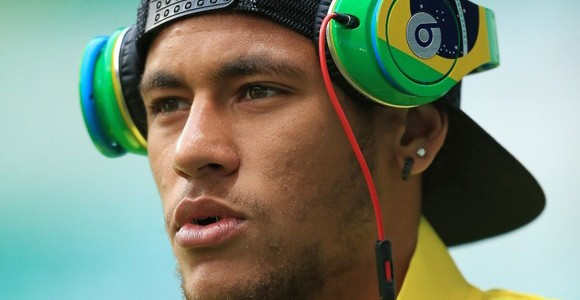
Mailchimp was acquired by Intuit for $12B.
But first, it was a side hustle for 7 years.
Until 2009, when Mailchimp's userbase exploded from 85k to 450k users in one year.
These 3 tactics led to Mailchimp's growth 🧵
But first, it was a side hustle for 7 years.
Until 2009, when Mailchimp's userbase exploded from 85k to 450k users in one year.
These 3 tactics led to Mailchimp's growth 🧵
1. Free Forever Plan
In 2009 Mailchimp introduced their “Free Forever Plan” where users could use Mailchimp for free, forever, until they reached 2000 subscribers on their email list.
In 2009 Mailchimp introduced their “Free Forever Plan” where users could use Mailchimp for free, forever, until they reached 2000 subscribers on their email list.

This gave users not only a taste-test of MailChimp as software but it also gave users the groundwork to start building their email list. 

So, how did they convert free users into paid users?
- Mailchimp capped how many subscribers a user could have at 2000.
- Mailchimp capped how many emails a user could send every month at 12k.
- Mailchimp capped how many subscribers a user could have at 2000.
- Mailchimp capped how many emails a user could send every month at 12k.
- Mailchimp offered free features like automation to help users grow faster (accelerating the above metrics).
- Mailchimp created a resource center for users to succeed.
With these four tactics, Mailchimp created the ceiling for users but gave them the ladder to reach it.
- Mailchimp created a resource center for users to succeed.
With these four tactics, Mailchimp created the ceiling for users but gave them the ladder to reach it.
2. Mailchimp's Digital Billboard
The brilliance of their Forever Free Plan was the addition of the digital billboard Mailchimp added at the footer of each email sent until a user upgraded.
This made each email an ad for Mailchimp creating a viral effect.
The brilliance of their Forever Free Plan was the addition of the digital billboard Mailchimp added at the footer of each email sent until a user upgraded.
This made each email an ad for Mailchimp creating a viral effect.

Turning Mailchimp into an automated machine continuously feeding itself new users through their customers' email lists.
And if you want to remove it?
Then upgrade.
And if you want to remove it?
Then upgrade.
3. MonkeyRewards
And for those who upgraded to a paid plan and have the choice to remove the Mailchimp logo?
Mailchimp incentivized them not to remove it through their MonkeyRewards program.
And for those who upgraded to a paid plan and have the choice to remove the Mailchimp logo?
Mailchimp incentivized them not to remove it through their MonkeyRewards program.

How?
If someone clicked the Mailchimp badge in your email and signed up then Mailchimp awarded you with $30.
And the person who signed up also received $30.
If someone clicked the Mailchimp badge in your email and signed up then Mailchimp awarded you with $30.
And the person who signed up also received $30.
The results after year one?
MailChimp Co-founder and CEO Ben Chestnut said:
- MailChimp grew from 85k users to 450k users
- MailChimp's paying customers grew by 150%
- MailChimp's **profit** grew 650% in one year
MailChimp Co-founder and CEO Ben Chestnut said:
- MailChimp grew from 85k users to 450k users
- MailChimp's paying customers grew by 150%
- MailChimp's **profit** grew 650% in one year
If you love growth marketing (like I do) and want more growth marketing content on your feed then follow @alexgarcia_atx:)
Today is day two of my "10 days of growth" thread series.
Today is day two of my "10 days of growth" thread series.
And in 9 days I'm launching Growth Marketing Examined.
Which is a paid newsletter where I take my member's top questions and write case studies with strategies to tackle their problems.
You can get first access by joining 13.2k+ of my friends here 👇🏽
bit.ly/31mrYzt
Which is a paid newsletter where I take my member's top questions and write case studies with strategies to tackle their problems.
You can get first access by joining 13.2k+ of my friends here 👇🏽
bit.ly/31mrYzt
If you liked this thread then you'll enjoy this one too
https://twitter.com/alexgarcia_atx/status/1391208712719814659
• • •
Missing some Tweet in this thread? You can try to
force a refresh








